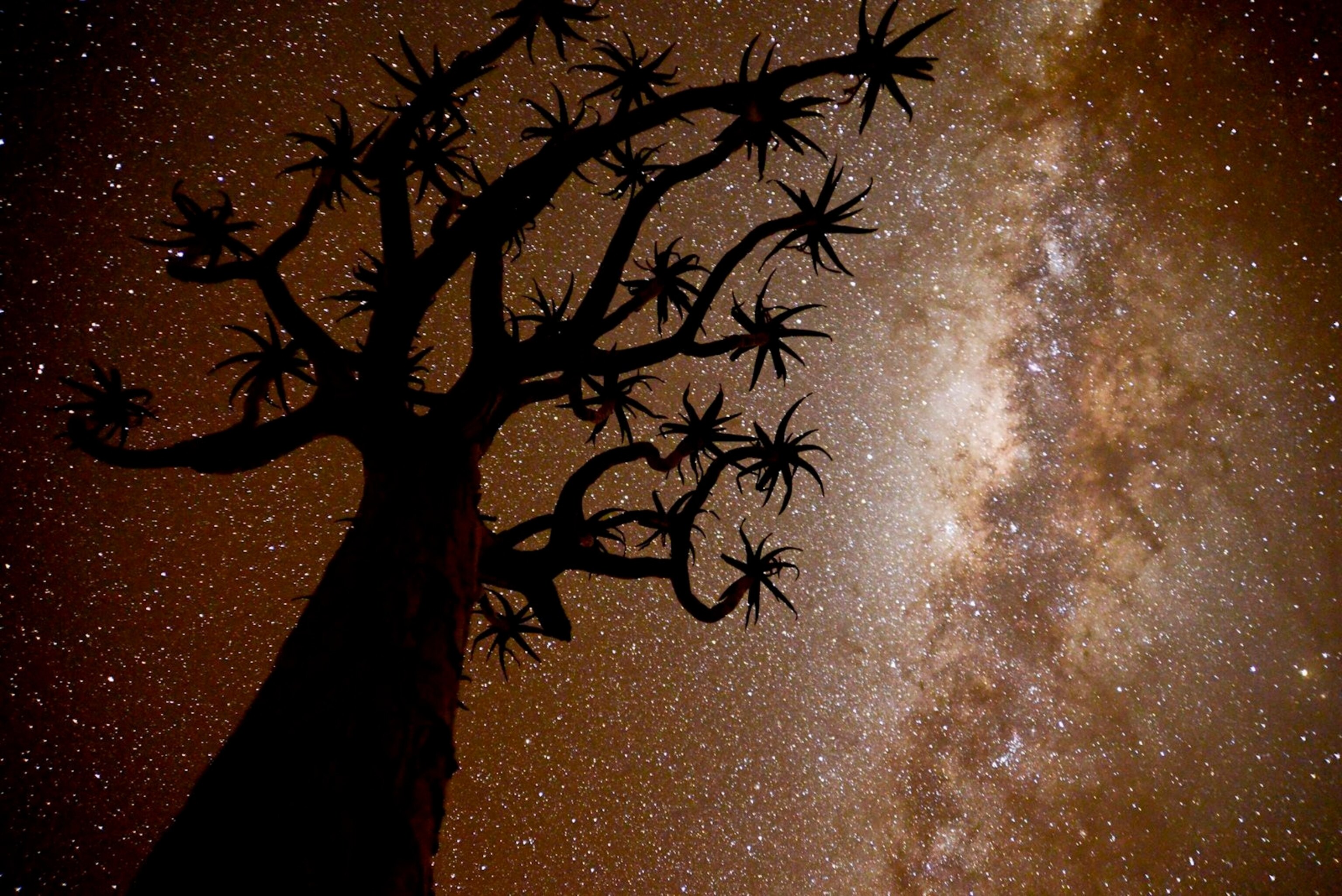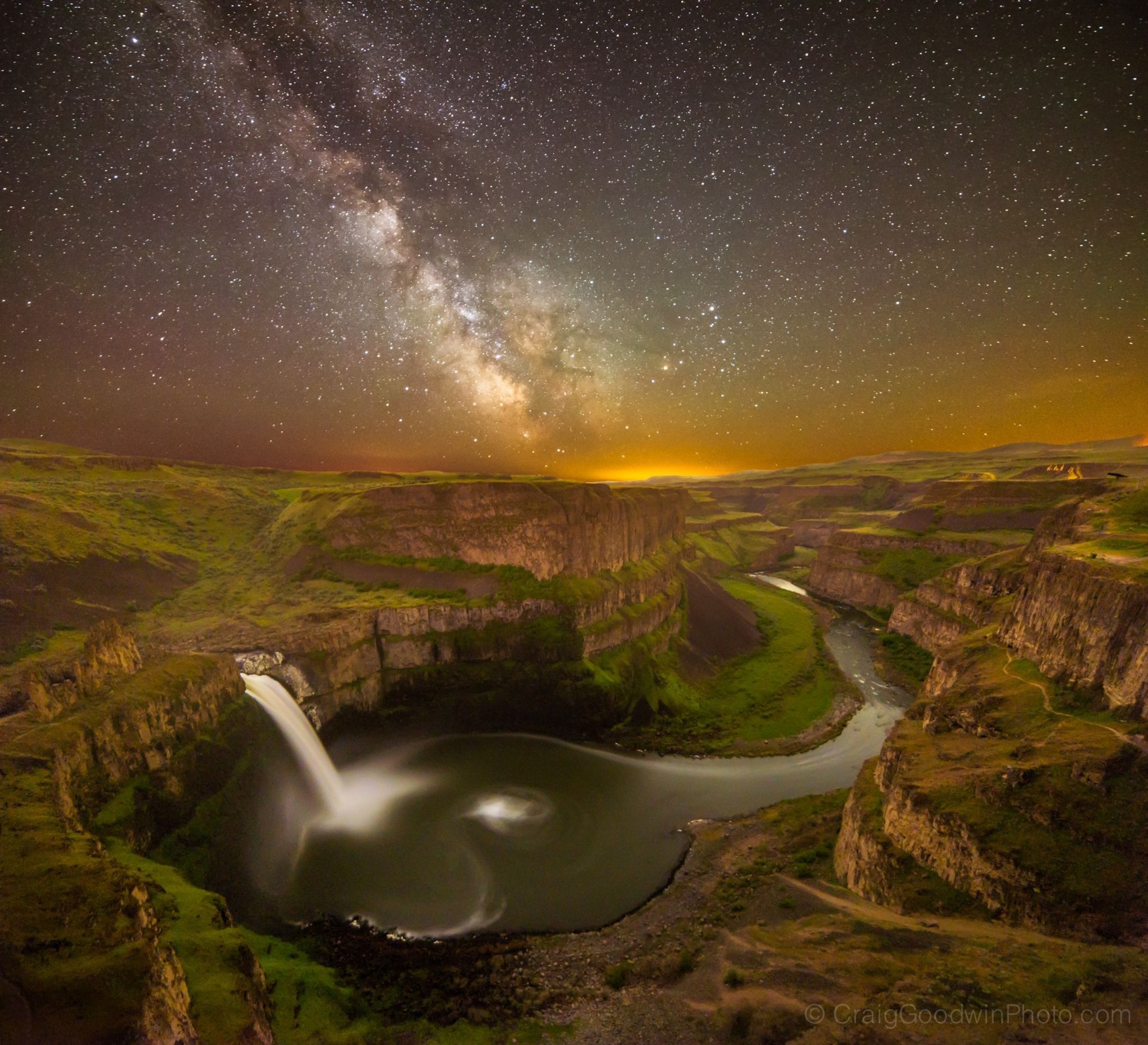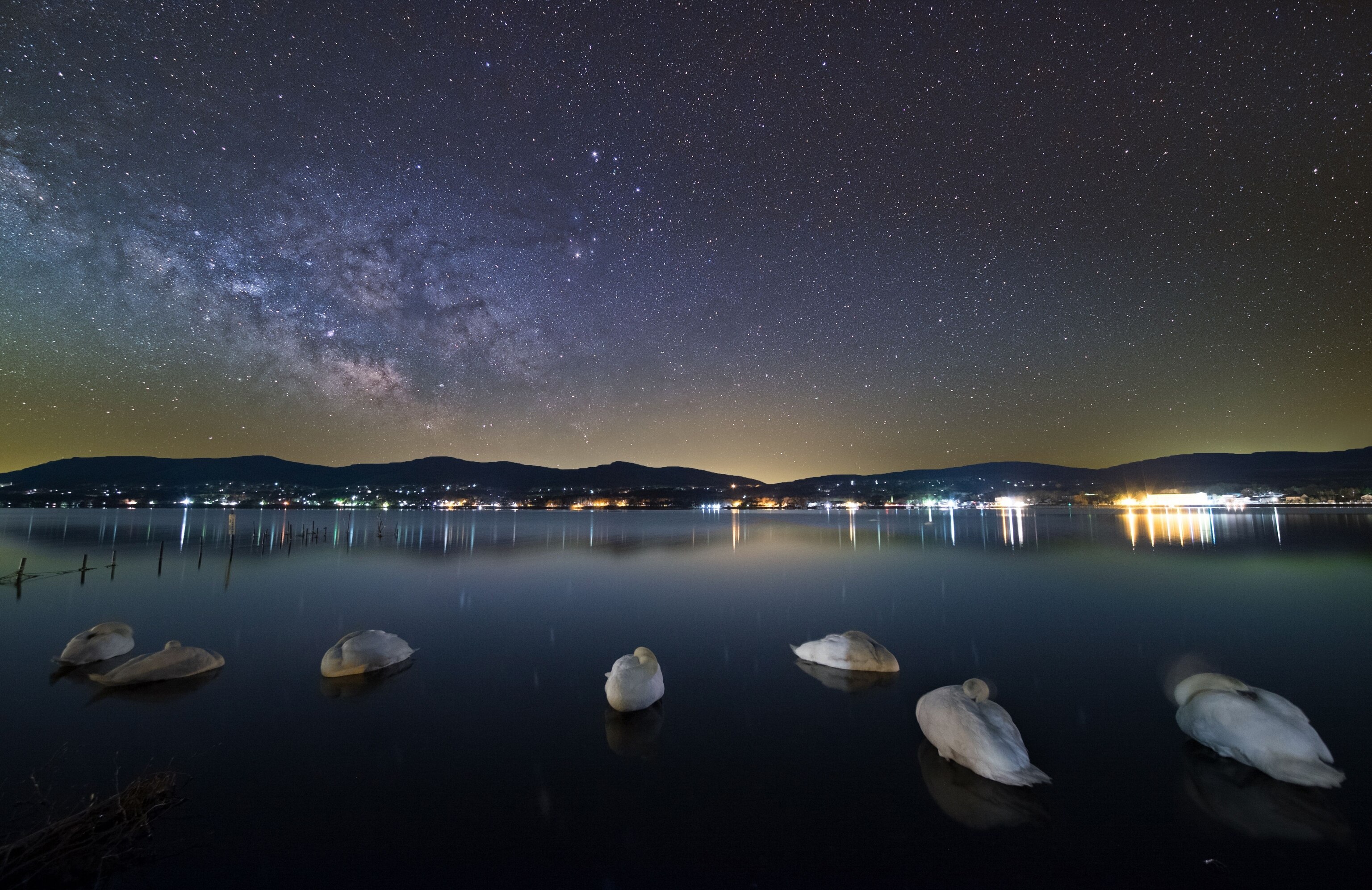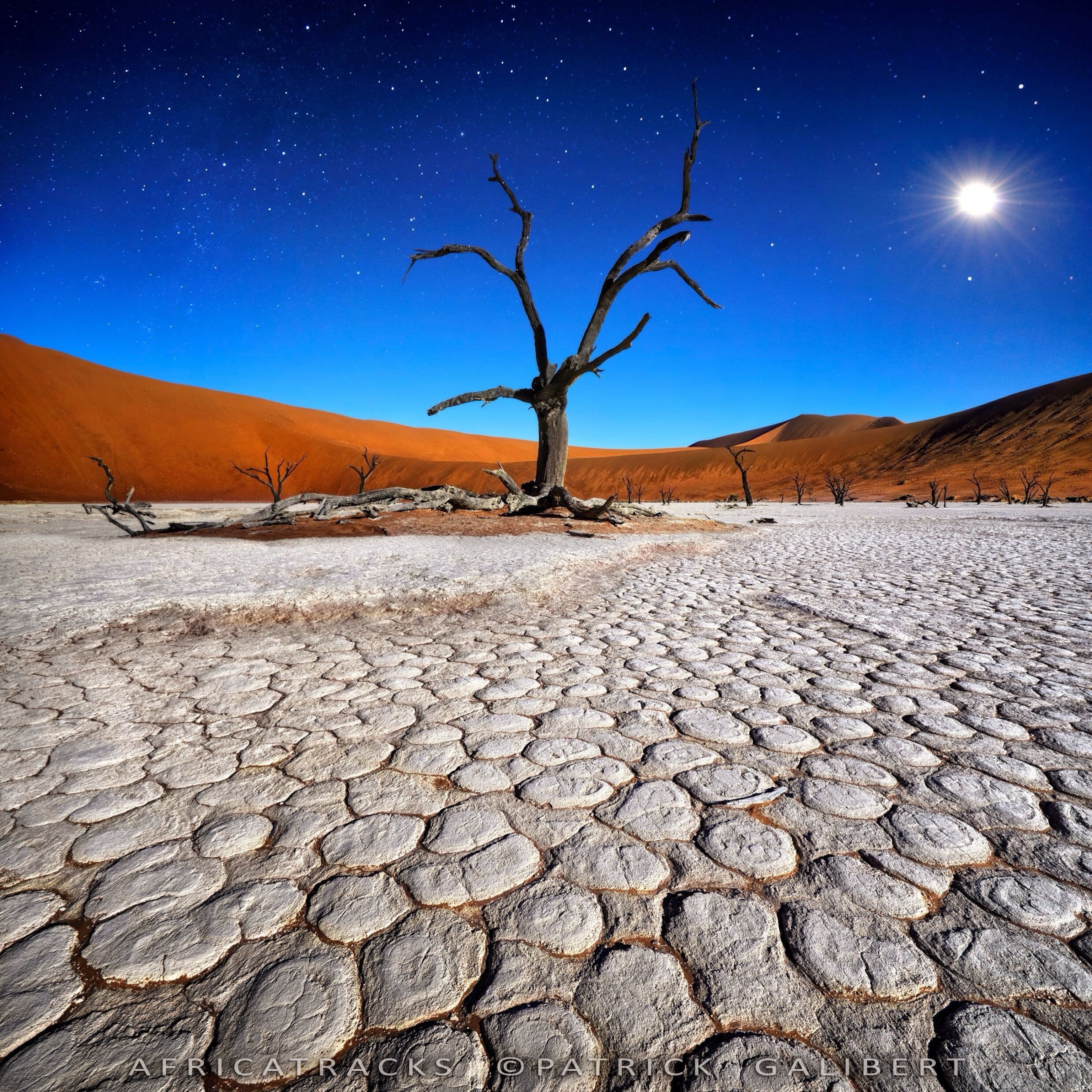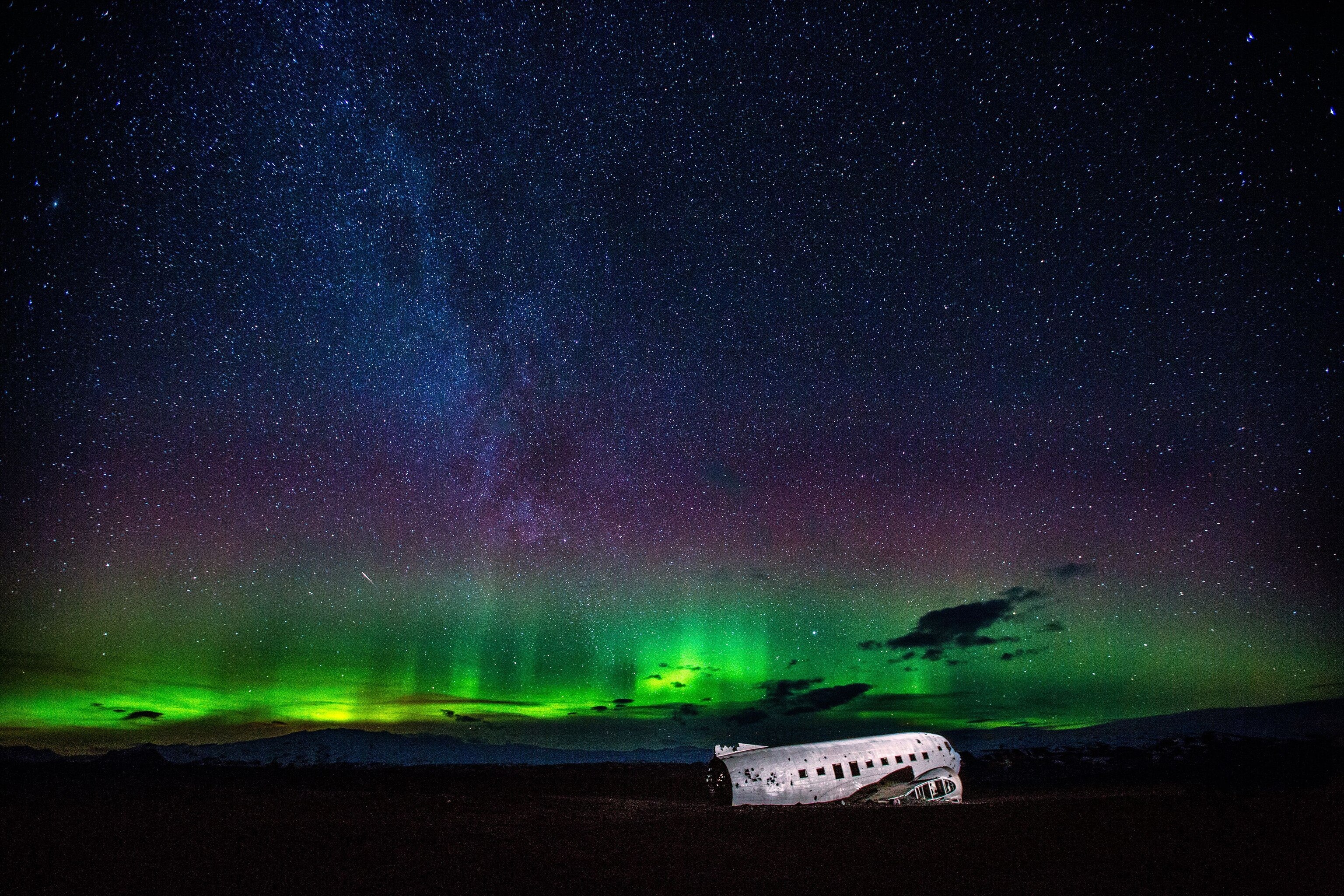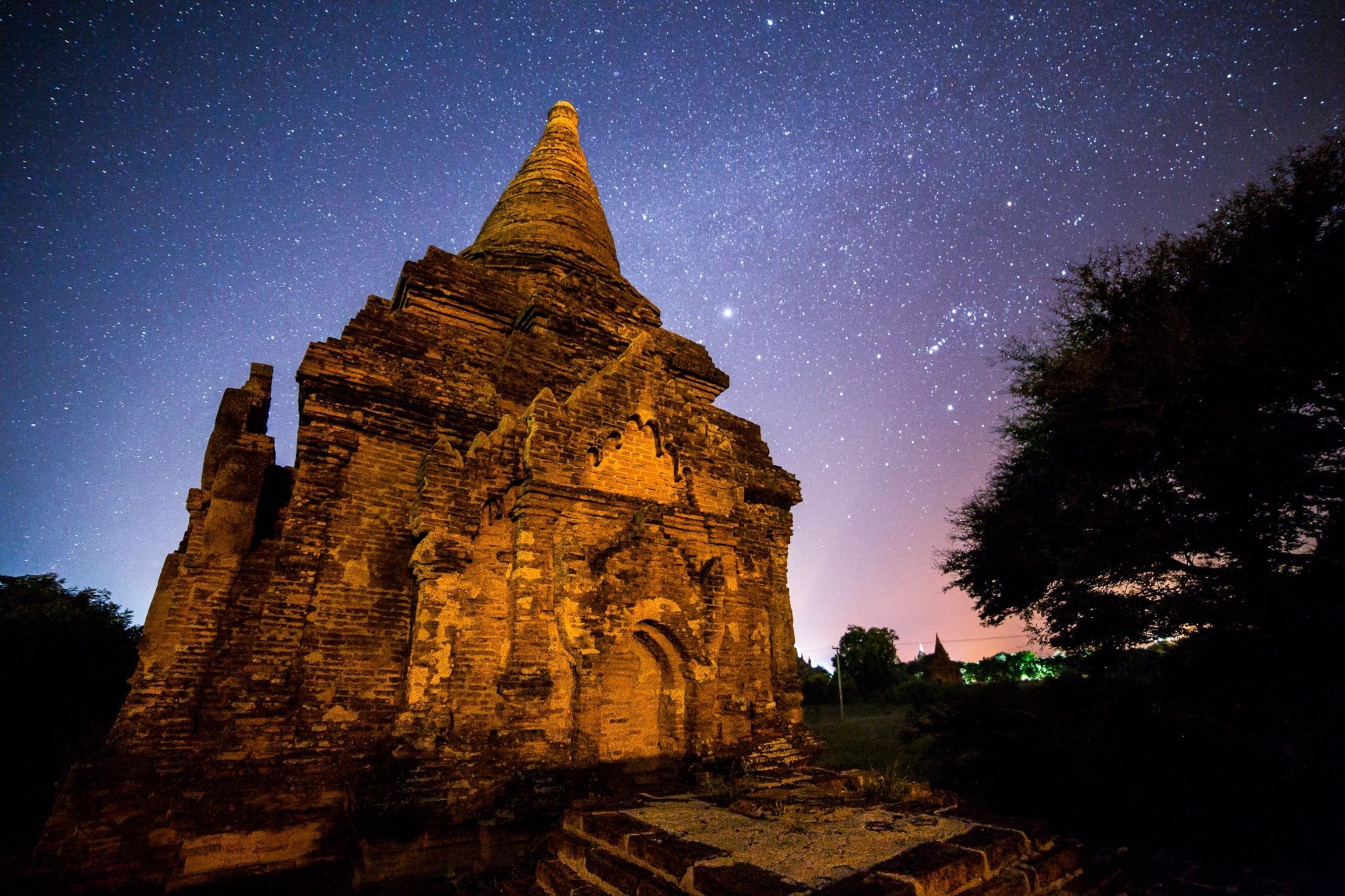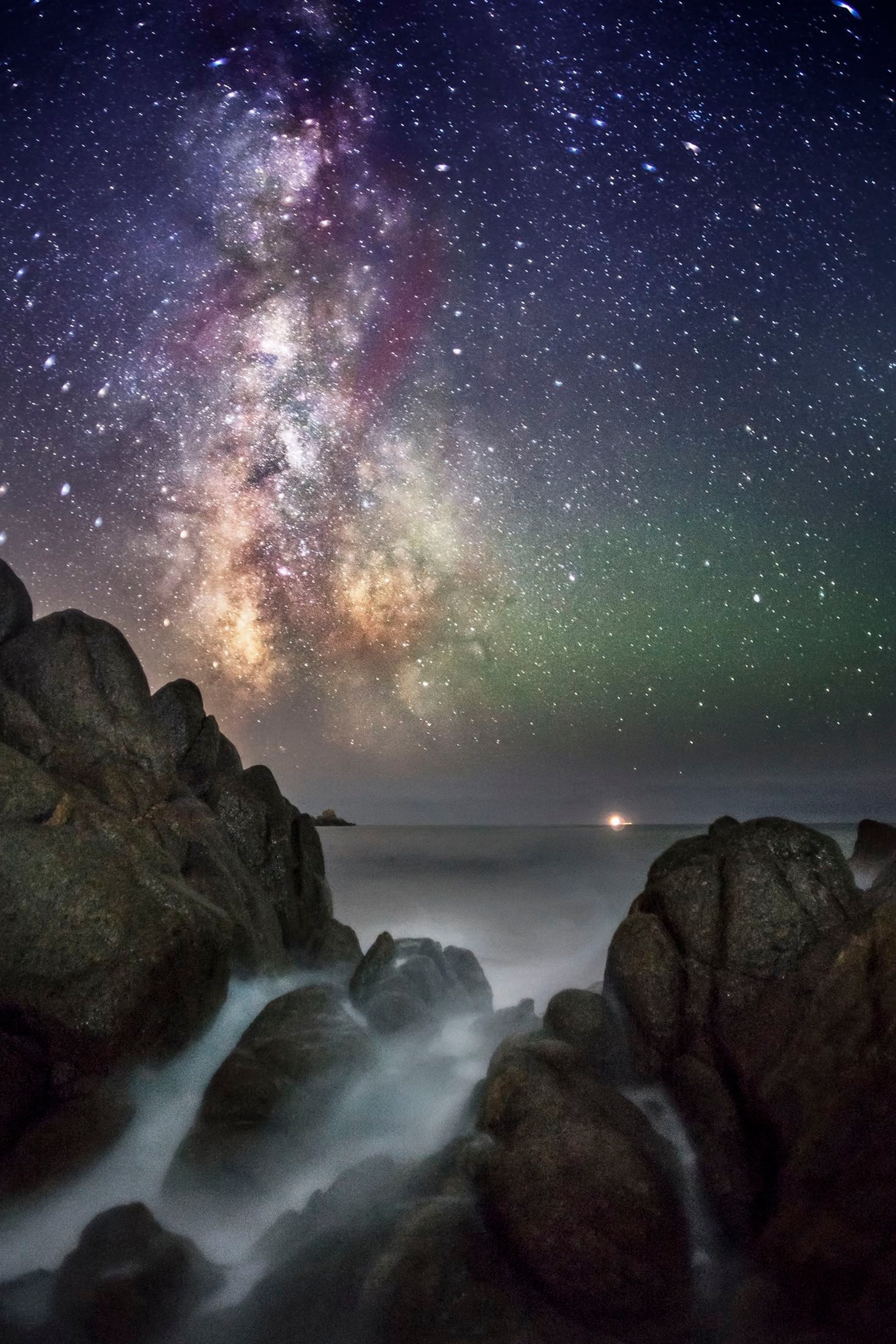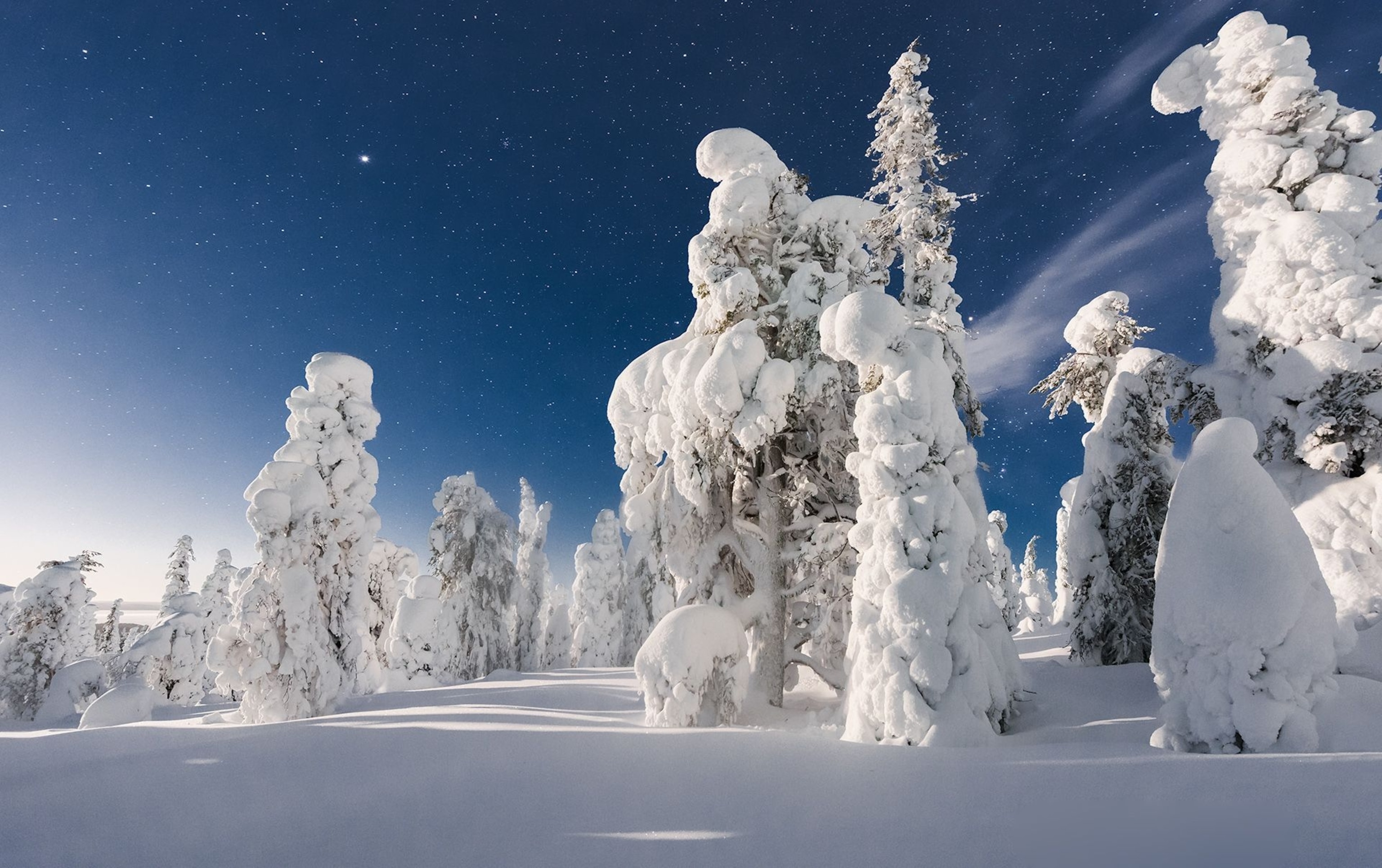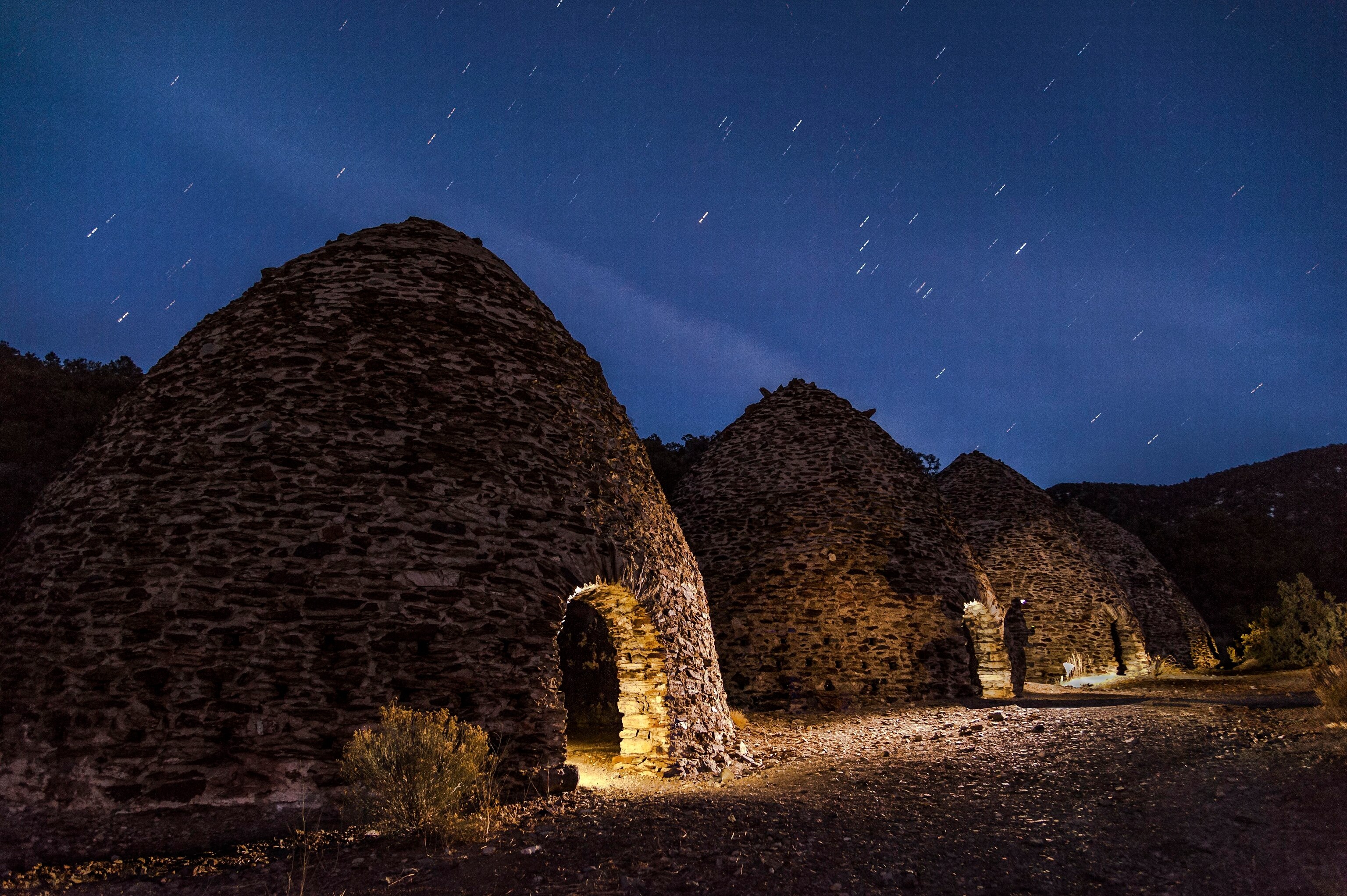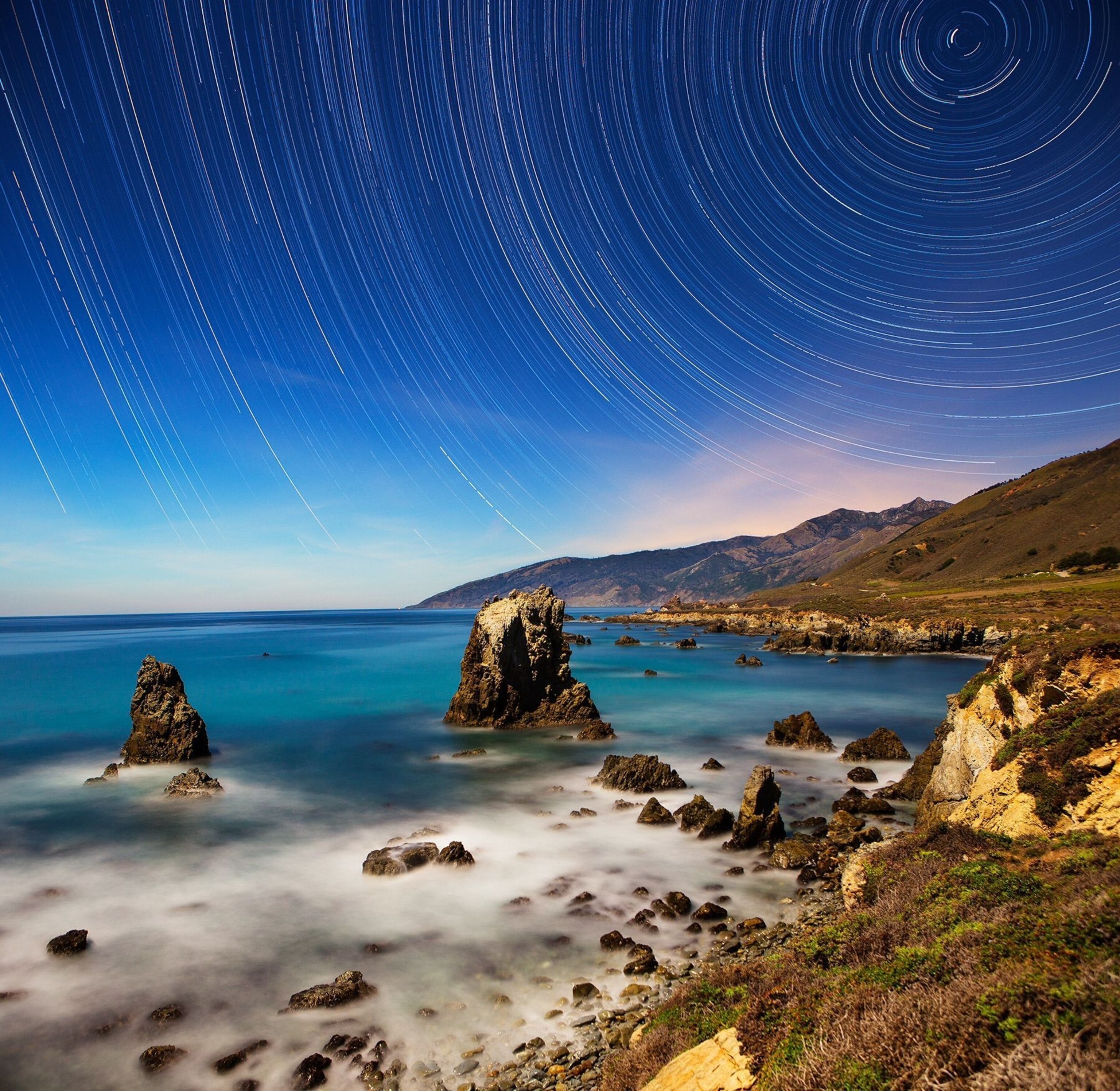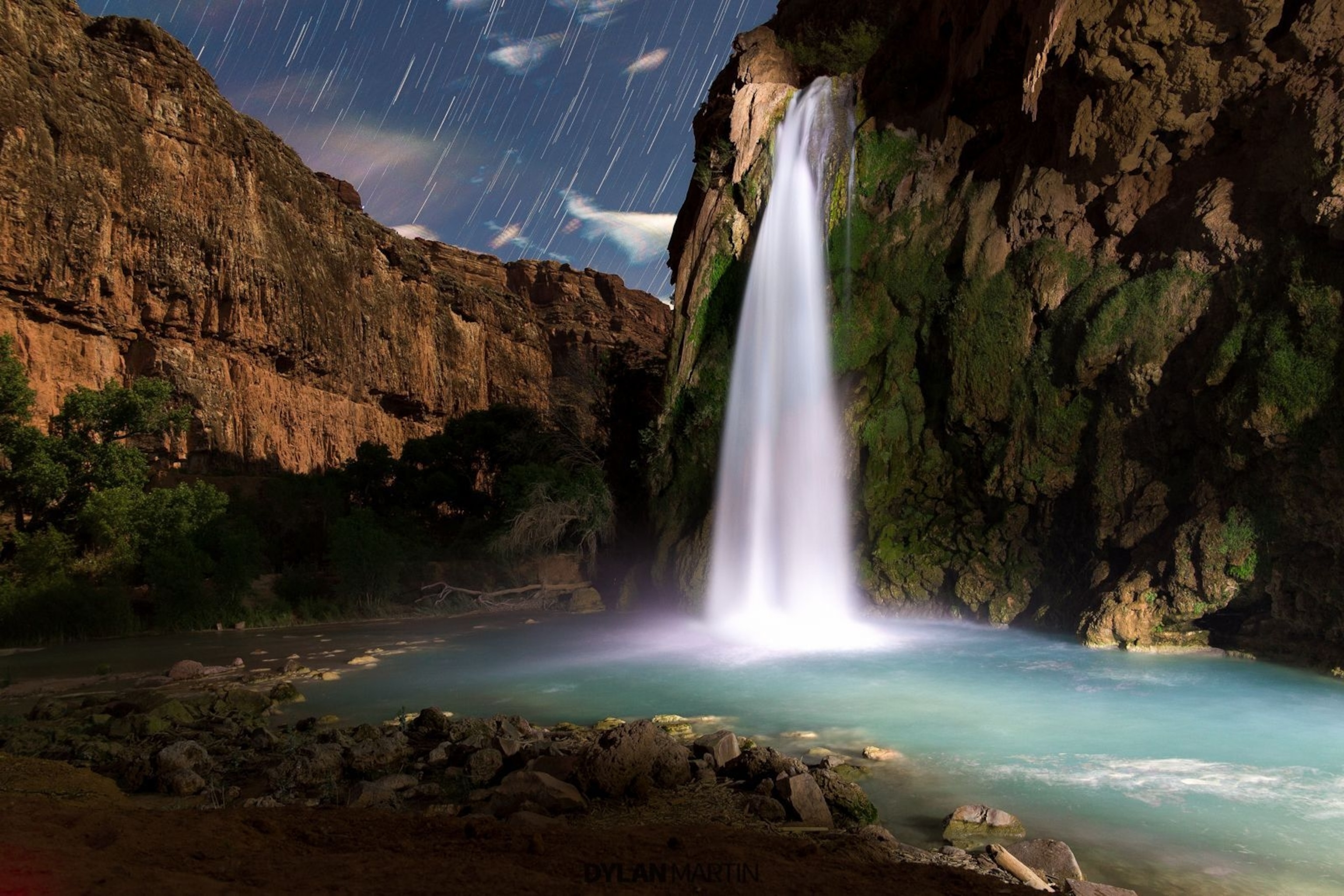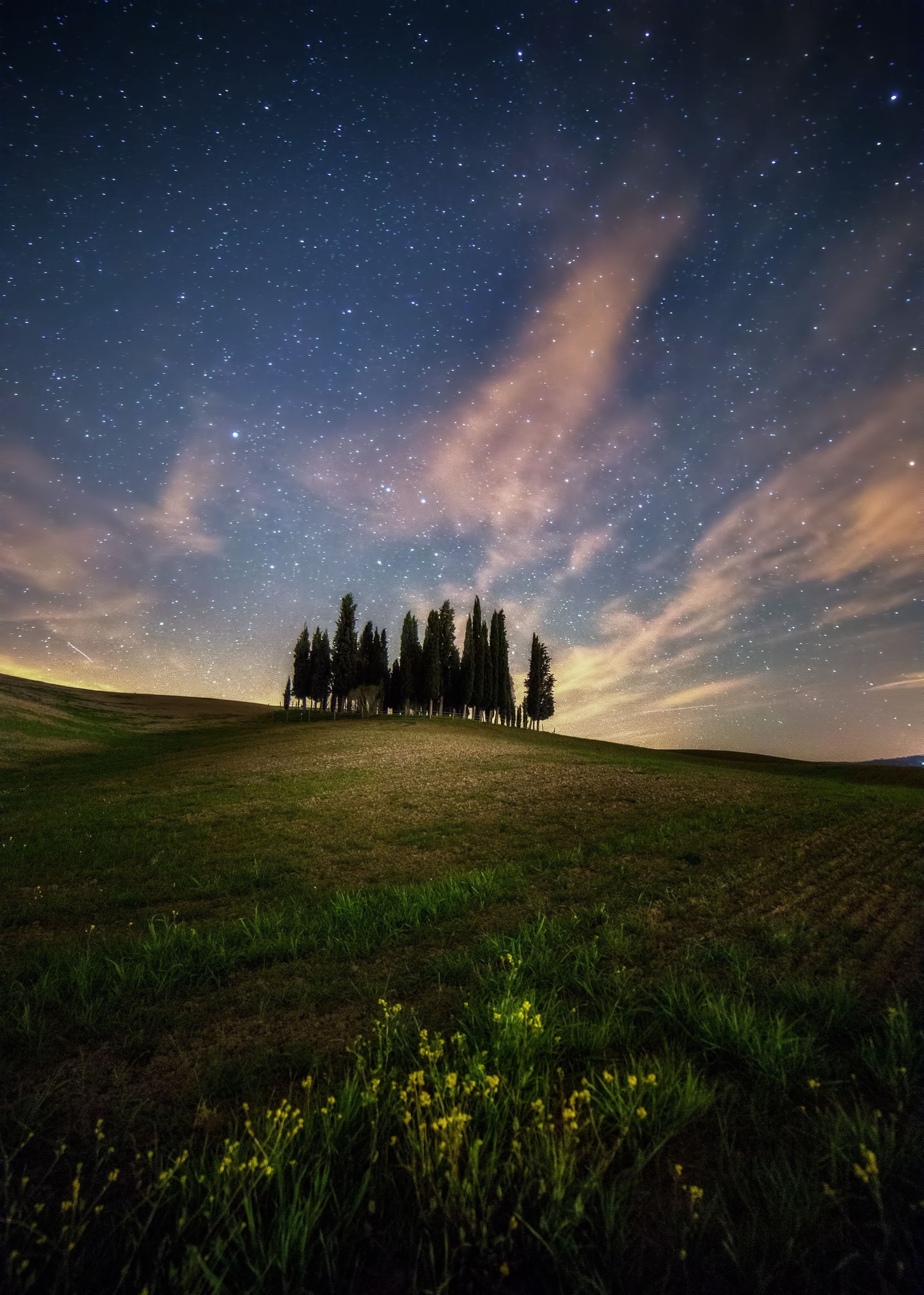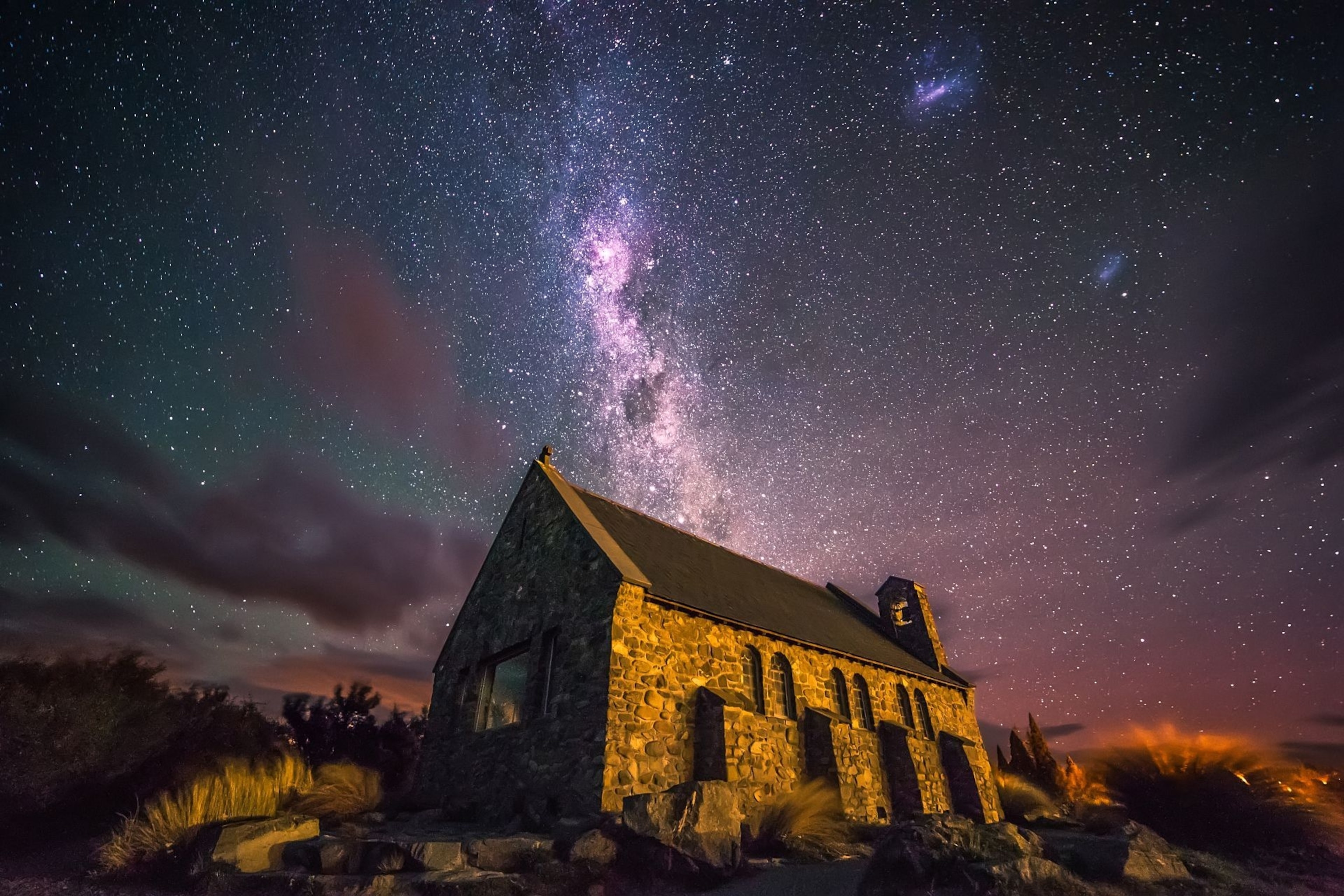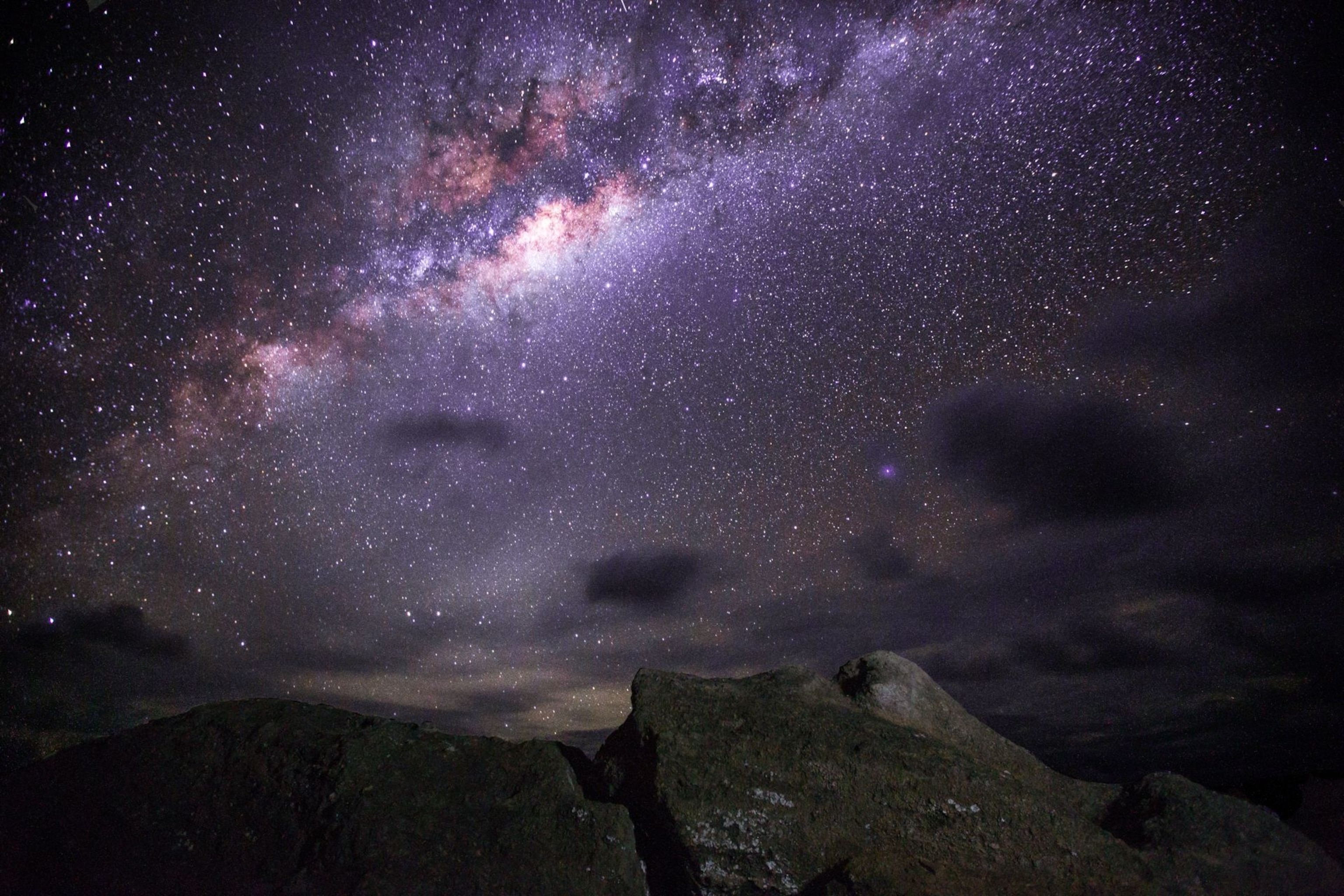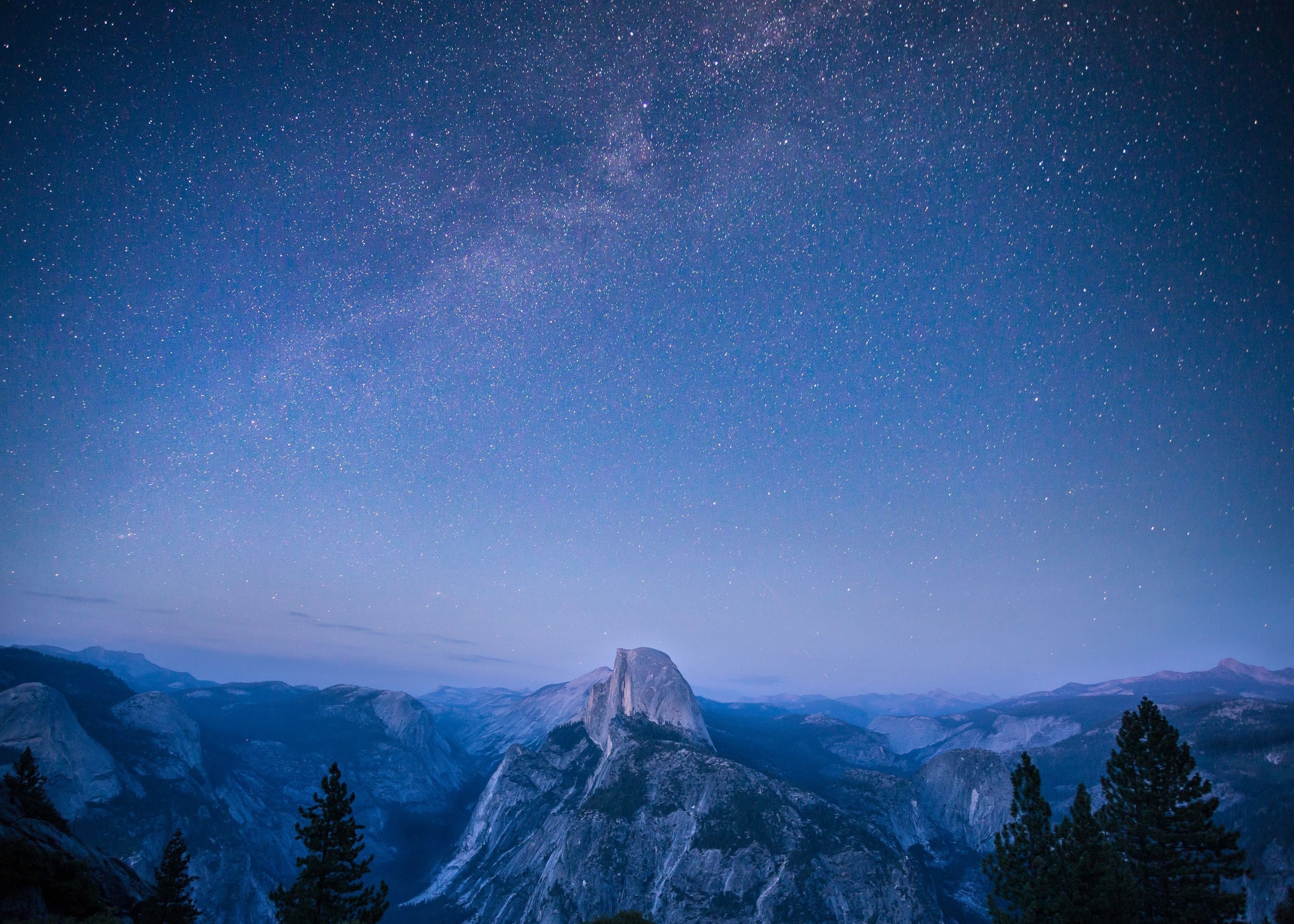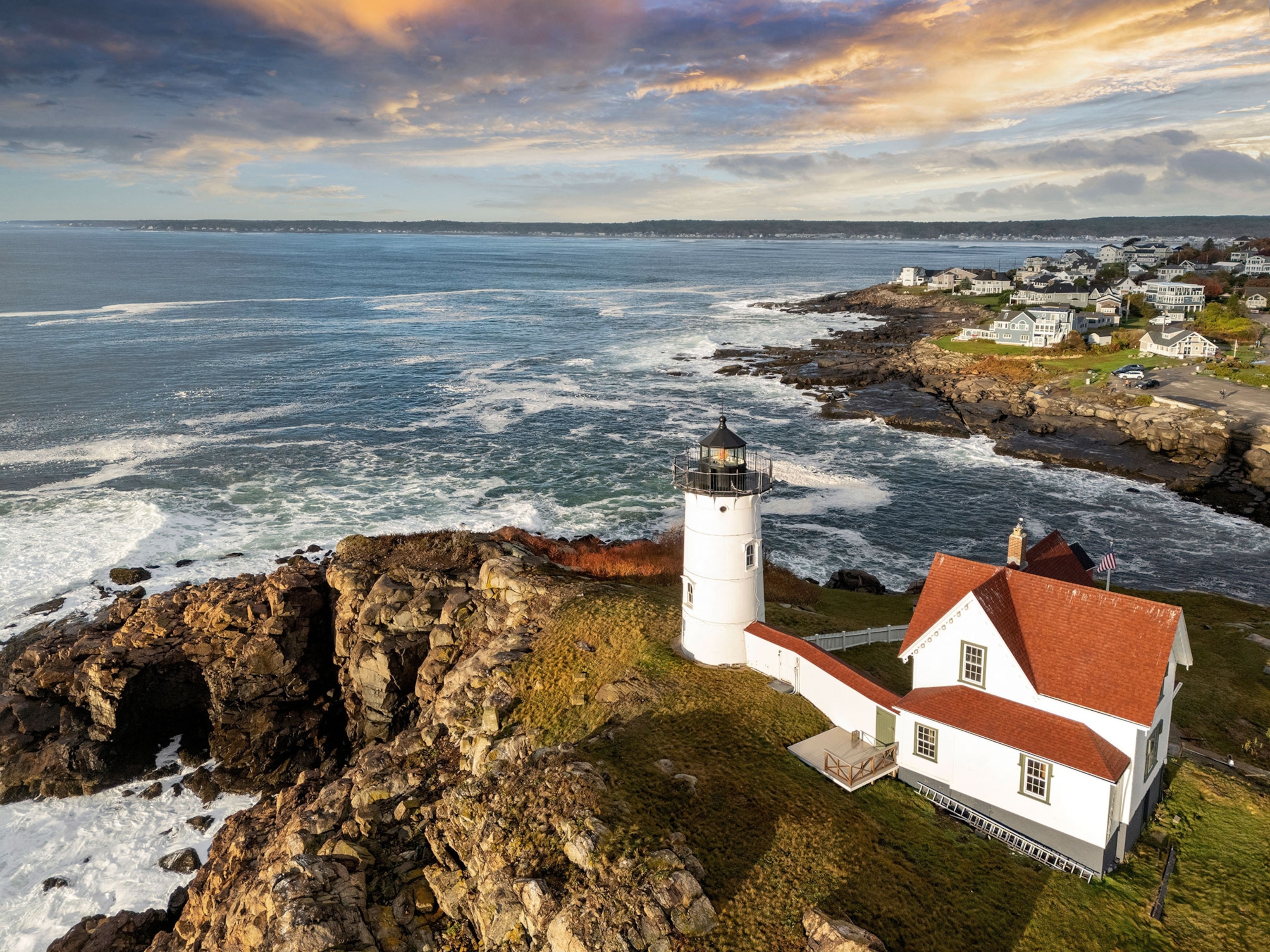
The decade's last 'blood moon' is coming—here's where to watch
From glow-in-the-dark pajama parties to space festivals, we’ve gathered some of the more unusual events showcasing the upcoming total lunar eclipse.
Starting off 2019 with an astral bang, our first full moon of the year will also be a special kind of total lunar eclipse that’s been dubbed a super blood wolf moon. Appearing on January 20 or 21, depending on your local time zone, the phenomenon will be even more extraordinary because we won’t see another total eclipse of the moon until 2021.
Why the distinction of “super blood wolf moon”? It’s considered a supermoon because of how close it will be to Earth, making this full moon slightly bigger and brighter than most. The first full moon of January is traditionally called a wolf moon, purportedly because wolves would howl more in midwinter in response to a lack of food. And when the lunar eclipse reaches totality, onlookers will get a special sight—a moon tinged the color of rust red.
The full total lunar eclipse will be visible in North and South America, parts of Europe, northern and western Africa, Iceland, the Arctic region, and Greenland. Want to see the spectacle somewhere special in North America? The International Dark Sky Association will be hosting star parties at many dark-sky parks across the eclipse path; check out their full list to find a park near you. You can also watch the super blood wolf moon unfold among other astronomy lovers at any of these events.
H.R. MacMillan Space Centre: Vancouver, Canada
An astronomy museum founded in 1968, the H.R. MacMillan Space Centre’s on-site observatory and Planetarium Star Theatre will be open during the eclipse. The former will be open from 6:30 to 10:00 p.m. local time and will be outfitted with telescopes for moon gazing. The Planetarium Star Theatre will feature a show from 7 to 9 p.m. In the case of rain, the eclipse will be live streamed in the theater.
The Oregon Museum of Science and Industry: Portland, Oregon
Going by the tagline “everyday encounters with space,” the Oregon Museum of Science and Industry will have a lunar eclipse star party on January 20. The free viewing will begin at 7 p.m. at the Front Plaza, weather permitting. For those wanting a closer glimpse as the lunar magic unfolds, telescopes will be set up and available for use. [Explore the top science museums in the United States.]
Emil Buehler Planetarium: Sanford, Florida
Located in the central Floridian city of Sanford, Emil Buehler Planetarium has been known as a resource for astronomy since its inception. The planetarium’s staff, in conjunction with the Central Florida Astronomical Society, will host their star party on January 20 from 8 p.m. to 1 a.m. local time. Star viewing will take place on the south terrace adjacent to the planetarium. The free event will also feature food trucks for late night munchies and other star-themed activities.
Bell Museum: Minneapolis, Minnesota
As a portion of a two-day festival dedicated to all things space, Space Fest in Minneapolis will host a star party at the Bell Museum. The astral party, orchestrated by the Bell Museum astronomy crew, kicks off at 8:30 p.m. local time and concludes around midnight. This star party is free to attend but requires registration in advance. Warm clothing and plenty of layers are suggested.
Related: Incredible photos of stargazing around the world
Antelope Island State Park: Davis County, Utah
Lake and island scenery are what Antelope Island State Park is known for. The scenic and serene sitting, however, is also ideal for stargazing and witnessing a total lunar eclipse. Park staff and Dark Sky Layton will lead a viewing starting at 8 p.m. on January 20. Free coffee and doughnuts will be provided for attendees. Dead Horse Point State Park, in southeastern Utah near Moab, will also host a viewing at their visitor center. The event starts at 9:30 p.m., and dressing warmly is also suggested. [Discover top stargazing destinations around the world.]
Adler Planetarium: Chicago, Illinois
Astronomy enthusiasts can head to Adler Planetarium for their Lunapalooza on January 20. Adler Planetarium star festivities commence at 8 p.m. local time and run until midnight. Attendees will view the lunar eclipse in a heated area right outside the Adler building and will have access to the Space Visualization Lab and the Collections Corner. Complimentary hot chocolate and a glow-in-the-dark pajama party are some featured highlights. The event will take place whether rain, shine, or snow.
How to watch live online
Can’t make it to any of these cities to view the super blood wolf moon? Livestream it from the comfort of your home instead. Astronomers Without Borders will host a webcast of the eclipse as seen from telescopes in multiple locations starting at 10:30 p.m. ET on January 20. Astronomy education site Slooh will host live online observing via their telescopes in Chile and the Canary Islands also starting at 10:30 p.m. ET. Additionally, TimeandDate.com will livestream via YouTube starting at 12:12 am ET on January 21.
- National Geographic Expeditions
